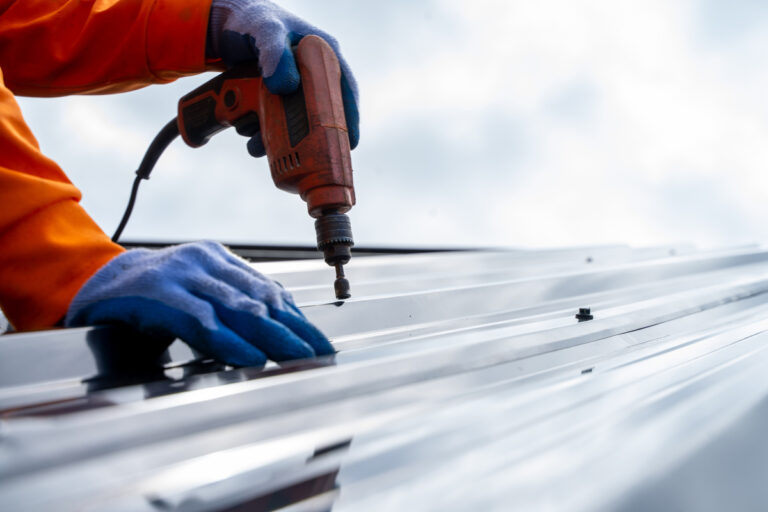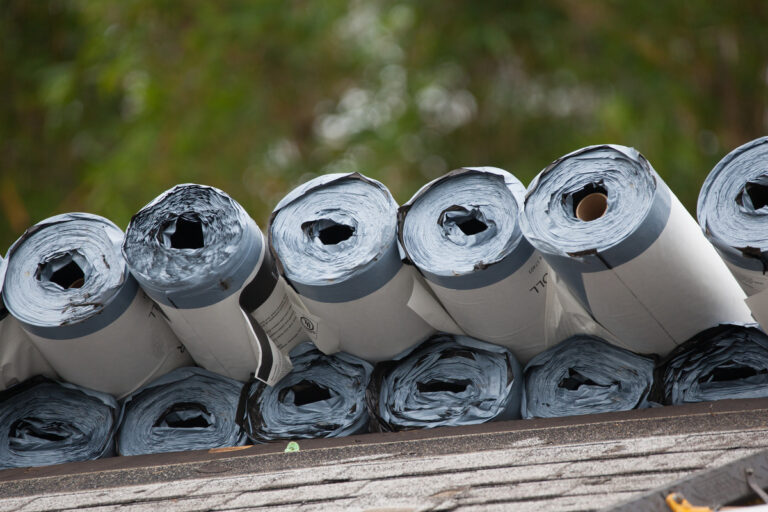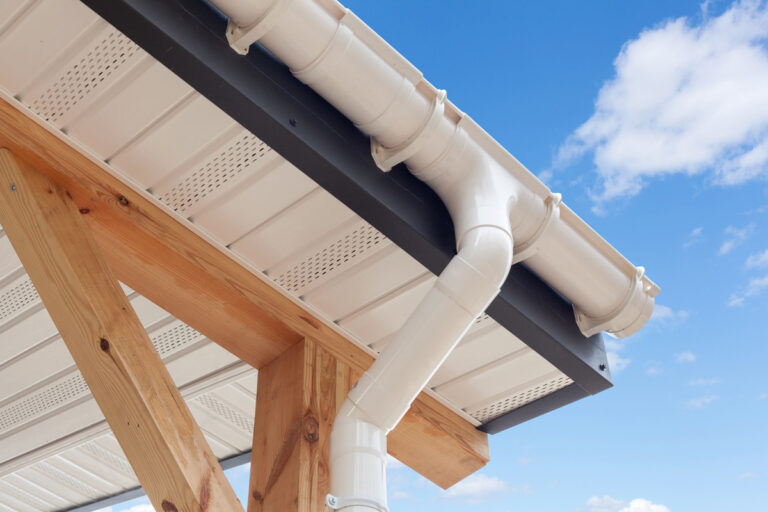Hail Damage Roof Repair (Homeowner’s Guide to Sudden Storm Damage)
June 3, 2024
Even for the most experienced homeowners, hail damage can appear out of nowhere, causing immediate concern and potential long-term issues if not addressed promptly. Ignoring hail damage can lead to a host of negative effects, including:
- Water Leaks: Damaged roofing materials can allow water to infiltrate your home, leading to leaks in your attic and ceilings.
- Mold and Mildew Growth: Persistent moisture from leaks can foster mold and mildew, posing health risks and further damaging your home’s structure.
- Structural Degradation: Over time, water damage can weaken the structural integrity of your roof and even parts of your home’s framework.
- Decreased Property Value: Visible roof damage can reduce your property’s market value and deter potential buyers.
While it’s best to leave extensive repairs to professional roofing contractors, there are a few things you can do as a homeowner to perform emergency repairs in the immediate aftermath of a storm. Let’s walk through the steps you should take.
Step 1: Wait for the Storm to Pass and Document the Damage
Safety First
Before doing anything else, ensure that the storm has completely passed and it’s safe to go outside. Hail can be extremely dangerous, and it’s vital to wait until the weather conditions are stable.
Document the Damage
Once it’s safe, thoroughly document the hail damage to your roof. This step is crucial for insurance claims and for providing accurate information to the contracting company that will perform the repairs.
- Take Photos and Videos: Capture clear images and videos from multiple angles. Focus on visible damage such as dents, cracks, and missing shingles.
- Note Specifics: Jot down details about the size of the hailstones if possible, and describe the extent of the damage in writing. This detailed documentation will support your insurance claim and serve as evidence for repair estimates.
If you neglect to document the damage, you may end up with inadequate compensation from your insurance provider or have difficulties during the repair process.

Step 2: Perform a Safety Inspection
Personal Safety
Wear protective gear like gloves, safety goggles, and sturdy shoes before inspecting your roof. Consider using binoculars for an initial assessment to minimize the need for climbing. If you can, have someone nearby to assist you and ensure your safety.
Check for Immediate Hazards
Identify any immediate hazards such as loose shingles, exposed nails, or debris that could pose a safety risk to you or others. If the damage is extensive, avoid walking on the roof altogether and contact a professional roofing contractor immediately.
Assess the Damage
Carefully inspect your roof for signs of damage, including:
- Shingle Damage: Look for cracked, torn, or missing shingles. Pay attention to exposed areas and edges.
- Leakage: Check your attic and ceilings for any signs of water leaks or moisture.
- Gutter Damage: Examine your gutters for dented or loose sections that could cause future issues with water drainage.
If you’re unsure about the severity of the damage or how to proceed, it’s always best to contact a professional roofing contractor for guidance. They can provide a thorough assessment and recommend the necessary repairs.

Step 3: Cover Exposed Areas with Tarp
Temporary Protection
To prevent further damage, cover any exposed areas with heavy-duty plastic tarps. Secure the tarps using roofing nails or weighted objects to keep them in place.
- Placement: Ensure the tarp extends well beyond the damaged area to provide adequate coverage.
- Secure Fastening: Use roofing nails to secure the tarp, but be cautious not to cause additional damage to your roof while doing so.
When using tarps, always prioritize safety and avoid walking on slippery surfaces. If necessary, seek professional assistance.
Step 4: Remove Debris
Clear the Area
Remove any debris that may have accumulated on your roof during the storm. This includes broken branches, leaves, and other materials that can obstruct temporary repairs or exacerbate the damage.
- Use Proper Tools: Utilize a broom or leaf blower to clear debris gently.
- Avoid Further Damage: Be careful not to dislodge any remaining shingles or roofing materials.
Step 5: Inspect for Hidden Damage
Detailed Inspection
Look for hidden damage that may not be immediately apparent. This includes checking the attic for leaks, damp insulation, or water stains on the ceiling.
- Interior Signs: Pay attention to signs of water infiltration inside your home, such as discoloration on walls or ceilings, musty odors, or visible mold.
- Roof Components: Examine flashing, vents, and other roof components for signs of damage.
Step 6: Contact Your Insurance Company
File an Insurance Claim
Get in touch with your insurance company as soon as possible to file a claim for the hail damage. Provide them with the documentation you’ve gathered, including photos, videos, and written details.
- Claim Process: Follow the insurance company’s instructions for filing the claim, and be prepared to answer questions about the extent of the damage and how it occurred.
- Adjuster Visit: Schedule a visit from an insurance adjuster to assess the damage and provide an estimate for repairs.
Step 7: Schedule Professional Repairs
Hire Roofing Contractors
Once your insurance claim is processed, hire reputable roofing contractors to perform the necessary repairs. Look for contractors with experience in hail damage roof repair and positive reviews from previous clients.
- Get Estimates: Obtain multiple estimates to compare costs and services.
- Check Credentials: Ensure the contractors are licensed, insured, and have a good track record.
Oversee the Repair Process
Stay involved during the repair process to ensure the work is completed to your satisfaction. Communicate with the contractors regularly and address any concerns promptly.
Storm Damage Repair Made Easy
Hail damage can be a daunting issue for homeowners, but taking immediate action can mitigate the negative effects and protect your property from further harm. Start by documenting the damage, performing temporary repairs, and clearing debris. Conduct a thorough inspection for hidden damage and file an insurance claim promptly. Finally, schedule professional repairs to restore your roof to its original condition.
For extensive storm damage repairs, it’s always best to leave the job to the professionals. If you need expert help, schedule an appointment with RoofX today. Our experienced team specializes in hail damage roof repair and will ensure your home is well-protected and restored to top condition.




